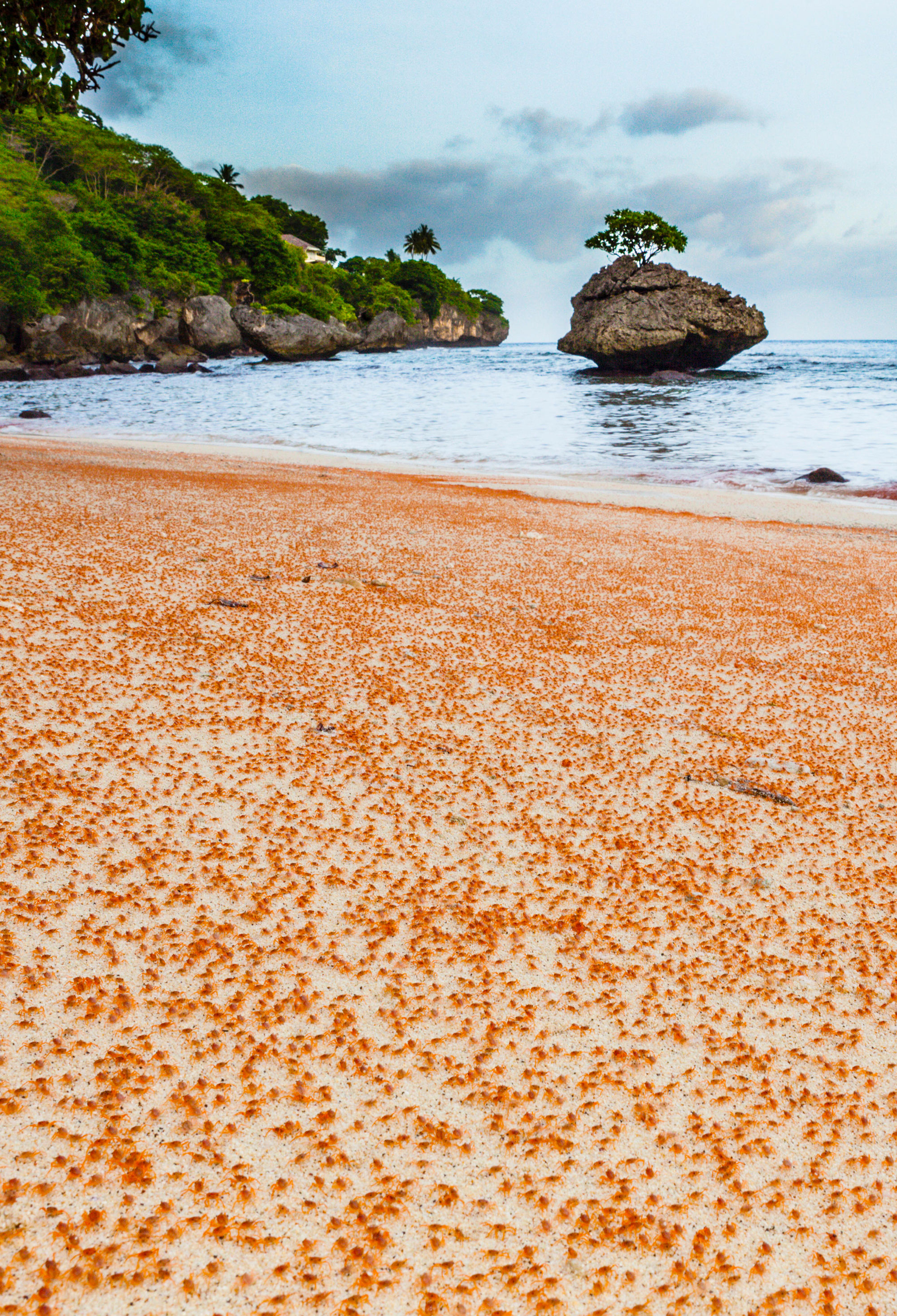When most people think about islands, they picture pristine beaches with swaying palm trees, clear blue water, and abundant sunshine. While there are plenty of islands that fit that description, there are also islands that provide another kind of allure — ones home to animals that you’d never expect to find. Discover eight islands with unique animal populations, from monkeys to pigs, cats, and tree kangaroos.
Lambay Island, Ireland – Wallabies
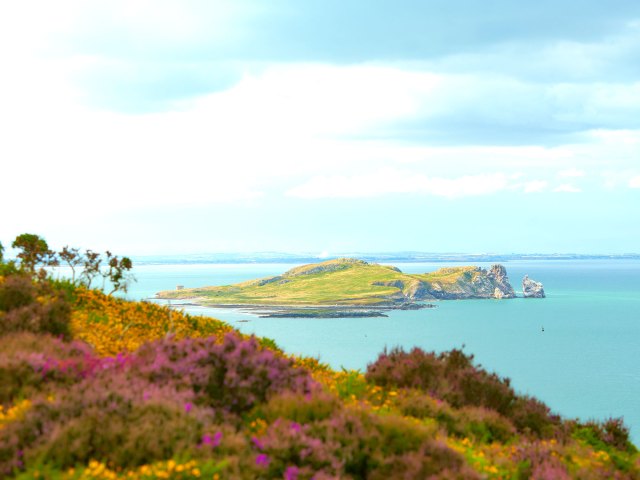
If you happen to meet someone in an Irish pub who tells you about a large group of wallabies living off the coast of Ireland, it’s not just a tall tale or the Guinness talking. Though wallabies are native to Australia, a “mob” (the term for a group of the marsupials) have taken up residence on the privately owned Lambay Island, 2.5 miles off the coast. The wallabies have been here since the 1950s, when the wealthy Barings family who own the island introduced them from Australia. The population took off when the Dublin Zoo, which had a surplus of wallabies, shipped them over to the island in the 1980s. There are anywhere from 60 to hundreds of them living there today — but as they’ve never been tagged and are good at hiding, getting an official count is unfeasible.
The rugged conditions on the island proved ideal for the adorable creatures. Thought temperatures are often much cooler here than in their native home, to compensate, the Lambay Island population started growing dense coats of fur. In the winter months — when grass, roots, and plants are less plentiful — they join the island’s cows, feasting on hay. The island can be visited on a day trip by boat, and overnight stays are available in a private cottage.
Morgan Island, South Carolina – Monkeys
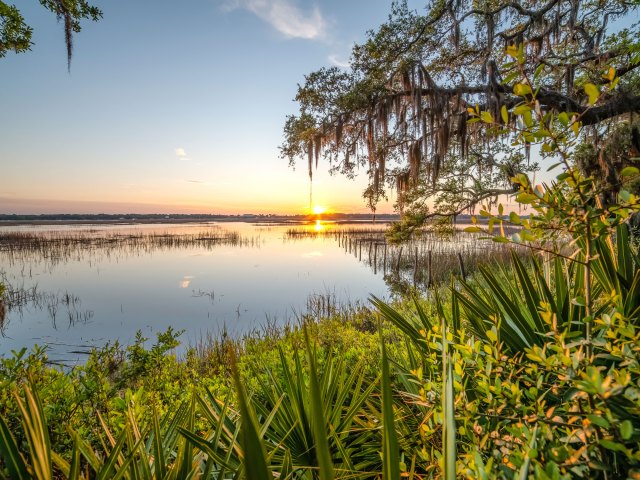
Morgan Island, also known simply as Monkey Island, is nestled off the coast of Beaufort in South Carolina’s St. Helena Sound. But this isn’t a place to sunbathe on the sand — it’s strictly for monkeys, with around 3,500 of them who live here. This unusual colony began when 1,400 rhesus monkeys arrived from a Puerto Rican research center in 1979, brought here by the U.S. government to establish a self-sufficient breeding program after India banned the exportation of research animals.
Since 2002, the 370-acre island has belonged to the South Carolina Department of Natural Resources, although the colony of monkeys is owned by the National Institute of Allergy and Infectious Diseases. Private companies are contracted to care for the monkeys, and there is no research conducted on the island. Instead, the monkeys are sent to researchers who are working on medical treatments and vaccines.
Ilha da Queimada Grande, Brazil – Snakes
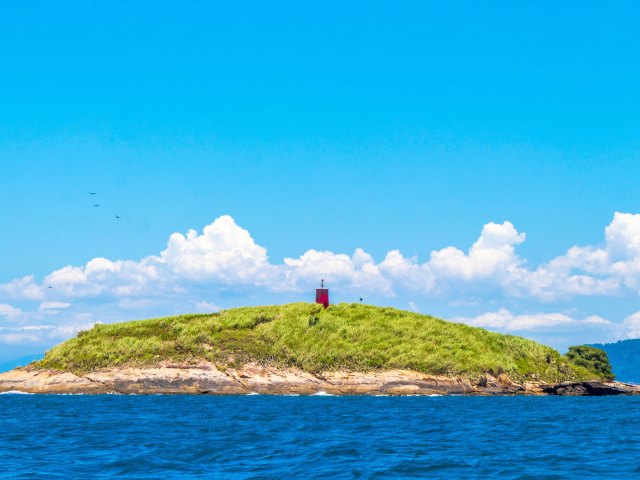
Ilha da Queimada Grande is more commonly known as Snake Island. Located off the coast of Sao Paulo in southeastern Brazil, the small, uninhabited island is home to nearly 4,000 golden lancehead vipers, which don’t exist anywhere else on the planet and are one of the world’s deadliest snake species. Their venom can kill a person in less than an hour. While several people once lived on the island in the early 1900s in order to run the lighthouse, that’s no longer the case today. The Brazilian government strictly controls visits to Snake Island, but, for obvious reasons, it’s unlikely to attract many visitors.
Big Major Cay, Bahamas – Pigs
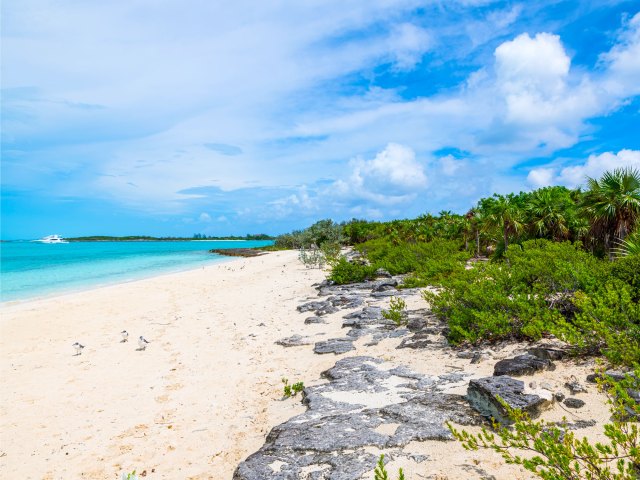
Pig Beach on Big Major Cay, one of the uninhabited Exuma Islands, takes its name from its population of feral pigs. It’s become an Instagram hotspot, with countless photos posted of the pigs lounging on the sand and swimming through the translucent blue waters.
In addition to capturing photos of the animals, visitors come to swim with the pigs. As the sandy beach can only be accessed by boat, it requires chartering a boat or taking a guided tour. The porky, four-legged creatures delight in being fed by visitors, so they’re more likely to approach humans who feed them. While feeding is permitted, it’s best to stick to pitted fruits and veggies to support the pigs’ health.
Aoshima Island, Japan – Cats
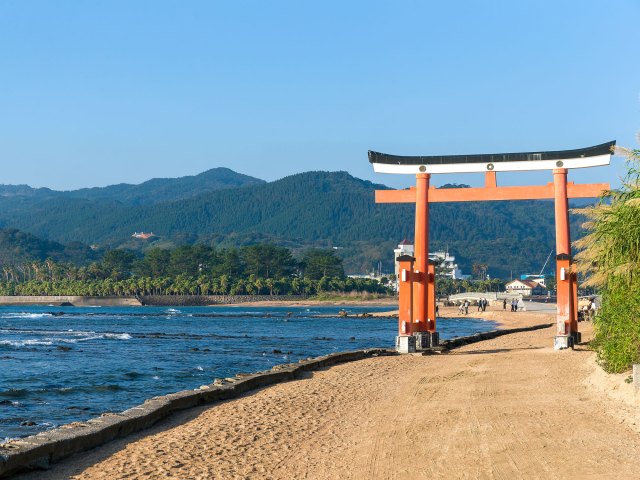
Feline lovers are heading in droves to Aoshima, now better known as Cat Island. On this tiny, sleepy island in the Ehime Prefecture of Japan, just off the coast of Miyazaki, the cats outnumber the human residents by about 10 to one. The one-mile-long island is home to just 13 permanent human residents, most of them over the age of 75, and 130 cats. The cats were originally brought in to solve the island’s problem with mice that were attracted to the silkworms used to make silk for fishing nets. Needless to say, there is no longer an issue with rodents on Aoshima, but you will be swarmed by felines should you arrive with cat food in hand.
Christmas Island, Australia – Red Crabs
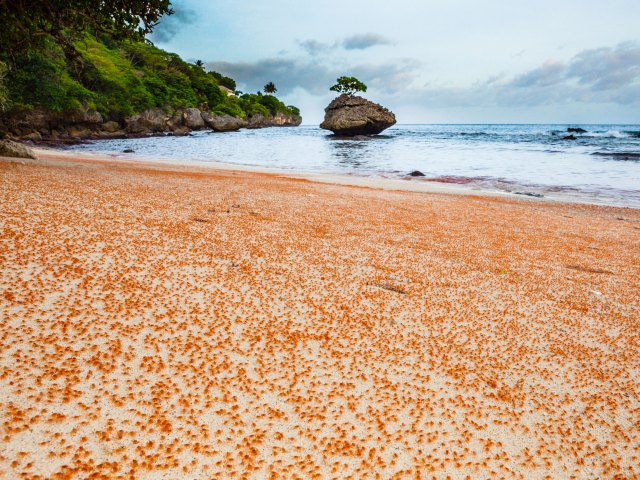
Located in the Indian Ocean, about 900 miles west of the Australian mainland, Christmas Island is an Australian territory. However, its nearest neighbor is Indonesia, located 200 miles north. Nicknamed the “Galápagos of the Indian Ocean,” Christmas Island is famous for its whale sharks, sea birds, magnificent coral reefs, and — in particular — its red crabs.
There are few spectacles more jaw-dropping than the sight of some 50 million of these crabs scuttling towards the sea in their annual migration. In fact, there are so many of the creatures that a moving carpet of red blankets the landscape as the animals emerge from burrows, gardens, parks, and rocky outcrops. The migration, which is linked to the phases of the moon and sea levels, begins during the first rainfall of the wet season — which is typically in October or November, though some years it may not occur until January. Across Christmas Island, every red crab leaves its home at the same time to start marching toward the ocean to mate and spawn.
Papua New Guinea – Tree Kangaroos

The Huon Peninsula of northeastern Papua New Guinea is the only place in the world where you’ll find Matschie’s tree kangaroos. These cute creatures — which look more like teddy bears that have come to life than kangaroos — live high in the island’s mountainous cloud forests, with their treetop homes often stretching as high as a 10-story building. Like kangaroos, they’re great jumpers, easily bounding up to heights of 60 feet. Sadly, there are estimated to be less than 2,500 living in the wild, threatened by unsustainable hunting practices.
Kauai, Hawaii – Wild Moas
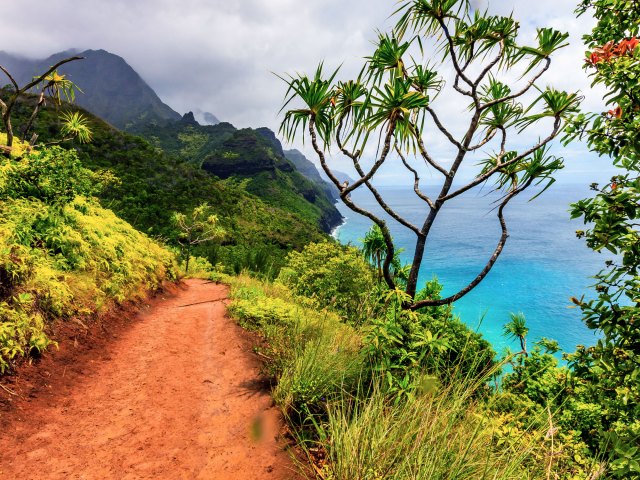
The moa might sound like an exotic creature, but that’s the name for chickens in the Hawaiian language. And if you’ve ever been to Kauai, you know that moas have taken over the island. There are estimated to be as many as 450,000 chickens roaming freely across the lush Garden Isle, which is home to only about 75,000 human residents.
You’ll see them walking downtown sidewalks, across beaches, through car parking lots, and just about everywhere else you go. The crows of the roosters are heard throughout Kauai on any given morning, providing a natural wake-up call. The birds, many of which have beautiful, bright-colored feathers, are a feral hybrid of domesticated chickens and the red junglefowl, believed to have been introduced by ancient Polynesians.
More from our network
Daily Passport is part of Inbox Studio, which publishes content that uplifts, informs, and inspires.






